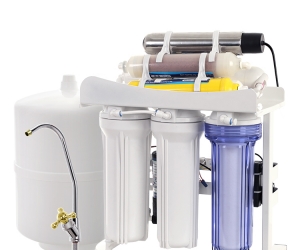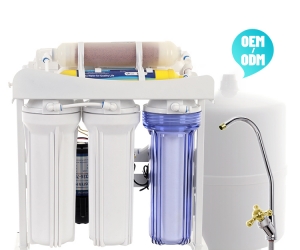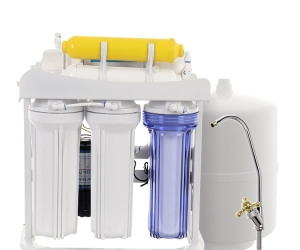The RO filter system is highly valued by most families as a convenient and efficient under sink water purifier. The minimum scope of its work is at the molecular level. It not only remove impurities such as sediment, rust, and insect eggs suspended in the water, but also remove bacteria, residual chlorine, heavy metals and other pollutants in the water. The decontamination rate of RO filter system is as high as 99%.
RO filter system on the market are mainly divided into with tank or tankless. Before installing a suitable RO filter system, it is very important to understand how they works and where can place them in the home to ensure compatibility and optimal efficiency. The with tank RO system have a pressure tank. When the water valve is closed, the filtered water will be stored in the pressure tank. When someone gets water, it can be discharged from the pressure tank. A tank RO system usually does not need electricity to work, unless a pressure pump installed on it. The with tank RO filter system has the advantages of cheap price, low cost of use and cost-effective performance. The disadvantage is low space utilization, relatively large space with pressure tank, and the appearance is not beautiful. Tankless RO filter system are more expensive than that with tank, and most of that require electrical power to support them. Not installing pressure tank can save a lot of space. Compared with the traditional RO water system, the tankless RO filter system is equipped with an faucet display configuration, so as to observe the TDS in the water and remind the user when the filter element needs to be replaced. Its advantages are that it saves space without a tank, simplifies the design, and reminds user to replace the filter element, visually display the TDS value of water, and has a beautiful appearance. The disadvantages are high price and high cost of use. Therefore, it is necessary to choose the appropriate RO filter system according to the actual demand.
After installing an RO filter system, it will not be done once and for all. It is necessary to regularly check and replace the RO system element according to the household water consumption and water quality. Under normal circumstances, the service life of the RO membrane is 2 years, and the service life of other filter elements is 3-6 months, to be judged according to the actual situation.






